Article
Ailamazyan A.M. (2019 Musical-movement practice as a method of self-knowledge and education a creative personality. National Psychological Journal, [Natsional’nyy psikhologicheskiy zhurnal], 12(4), 114–127
Abstract
Background. The paper is dedicated to the psychological description of the musical movement method as a particular practice of esthetic education. The practice of the musical movement (MM) was originally created as an artistic one and only gradually began to acquire the features of the pedagogical system. Over time, works appeared where attempts were made to psychological understanding of the processes taking place in the bosom of this practice: changes, transformations of music perception under the influence of movement, expressive movement, etc. However, a more complete reflection of the psychological content of the MM method was not accomplished.
The Objective of the research is to provide a psychological description of the musical movement method as a specific practice of aesthetic education and to explain the notion of MM as a psychotechnical method.
Background. The paper shows that the subject matter of the MM method is not so much the movement as such, its performing part, but the internal, psychological aspect of experiencing and meaning production. Achieving the unity of internal and external, experience and movement, motivation and action, meaning and gesture are the basis of the main goals of musical movement. Musical-motor exercises are considered to be the main tool of the method with which you can learn the movement and comprehend the images of musical-motor forms. It is shown how the musical-motor form accumulates the experience of experiencing music and reflects different semantic levels of musical content: from onomatopoeia and rhythmic imitation, modeling of emotional intonation to the existential layer of music.
Results. The goal of the artwork in mastering the MM method coincides with the pedagogical task: to achieve openness of the personality, its deep, genuine involvement in dialogue with music through movement and gesture. The task set in the musical movement is to give a motor response to sounding music, which affects the motivational-value sphere of the human individual. Classes in the music movement are unique situations that simulate the processes of creativity and are aimed at developing the capacity for creative realization.
Conclusion. The musical-motor exercise is a unique tool that allows one to learn the movement and comprehend the images of musical-motor forms. The musical-motor exercise accumulates the experience of experiencing music. Due to the perception of music in its full shape and form and penetration into the existential world of music, human feelings begin to achieve the sublime multidimensional level in everyday life.
Accepted: 11/26/2019
Pages: 114-127
DOI: 10.11621/npj.2019.0411
PDF: Download
Keywords: esthetic education; creation; personality; musical movement; musical experience; improvisation; sense; psychotechnics; cultural-historical psychology;
Available Online 31.12.2019
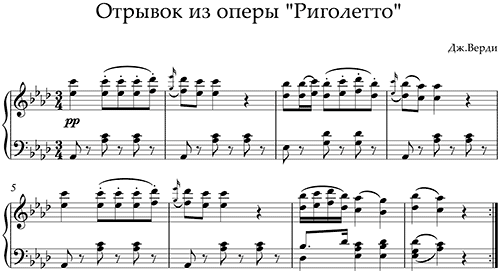
Pic. 1. Note sample No 1, link: https://yadi.sk/d/j3YGWxY7KZy9zw
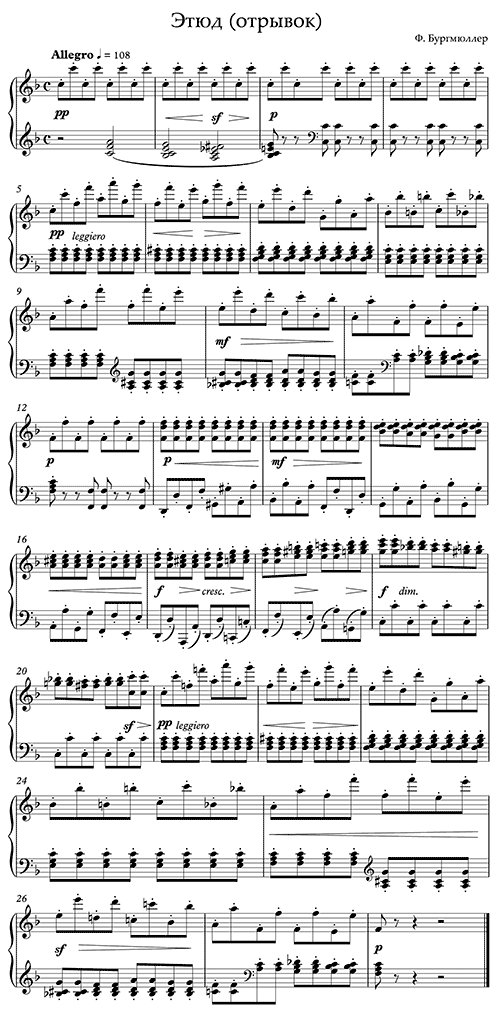
Pic. 2. Note sample No 2, link: https://yadi.sk/d/DMJIfk1Pw8u_ug
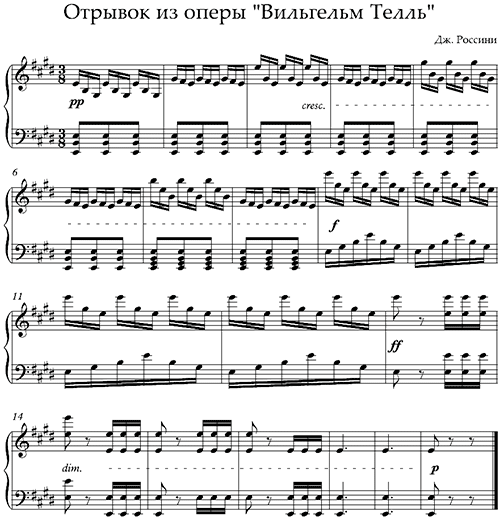
Pic. 3. Note sample No 3, link: https://yadi.sk/d/fllY7M3sf7LeAg
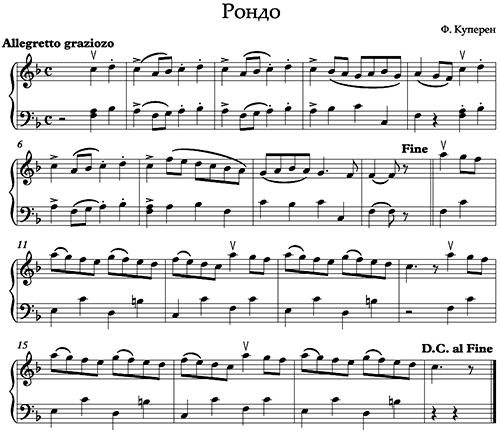
Pic. 4. Note sample No 4, link: https://yadi.sk/d/Zj72_bi9Ts35lw
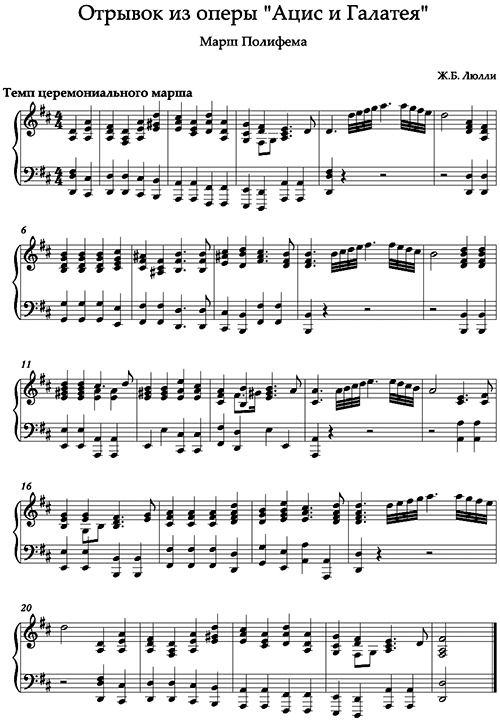
Pic. 5. Note sample No 5, link: https://yadi.sk/d/2V4tPCAnmdLjmA
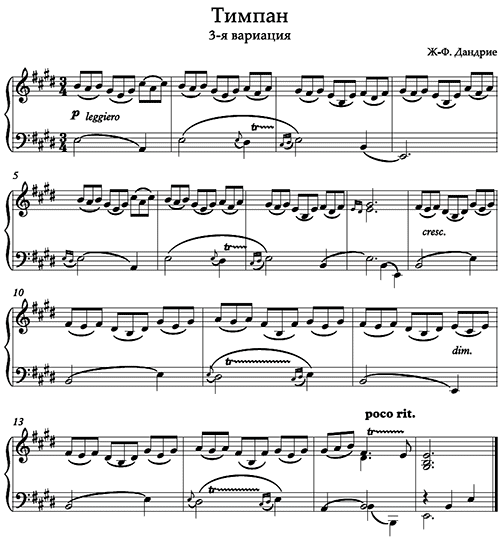
Pic. 6. Note sample No 6, link: https://yadi.sk/d/yAs5G9mQvoZqyA
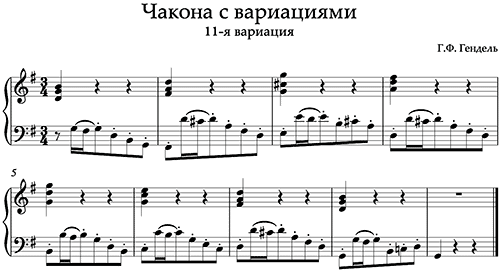
Pic. 7. Note sample No 7, link: https://yadi.sk/d/FKjJBwKdHfU9wQ
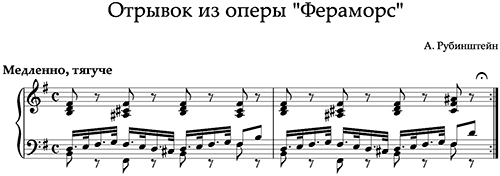
Pic. 8. Note sample No 8, link: https://yadi.sk/d/3sIWBQi7pRTmiA
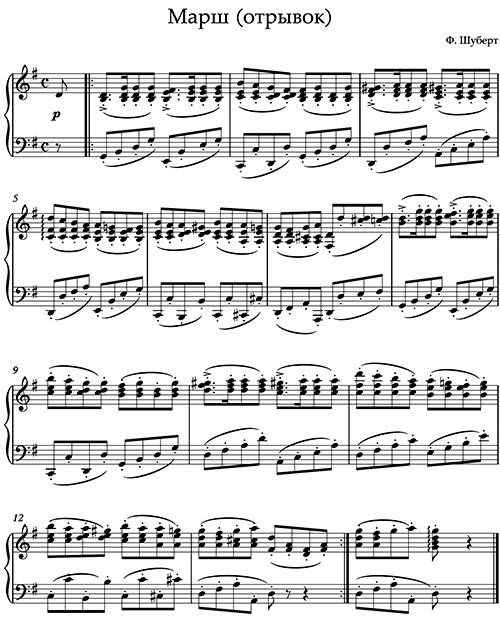
Pic. 9. Note sample No 9, link: https://yadi.sk/d/vW-0lHD4D7ueNA
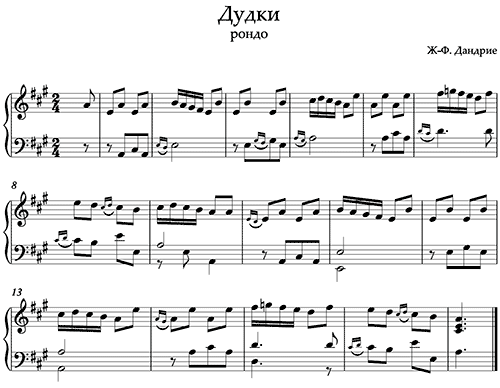
Pic. 10. Note sample No 10, link: https://yadi.sk/d/ArFJy_oIfBg-7A
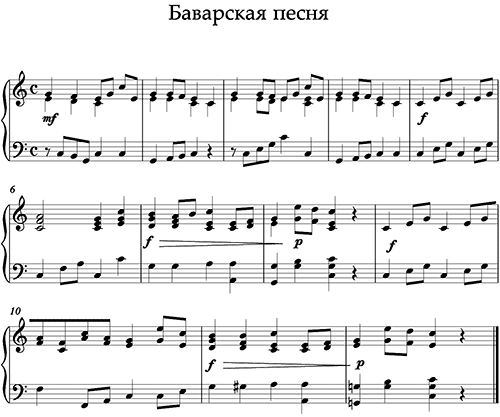
Pic. 11. Note sample No 11, link: https://yadi.sk/d/Wd4WPVWbKIut2g
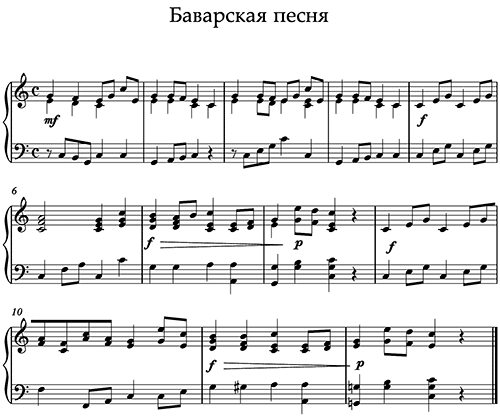
Pic. 12. Note sample No 12, link: https://yadi.sk/d/qarDfvvkd68A0Q
References:
Ailamazyan A.M. (2018a). Waiting for the dance: conversations, sketches, thoughts. Moscow, Russkiy pechatnyy dom.
Ailamazyan A.M. (2018b). Expressive person: psychological essays. Moscow, Kogito Tsentr.
Ailamazyan A.M. (2018c) From Musical Experience to Personality Transformation: The Practice of Musical Movement. Journal of Russian & East European Psychology, 55(1), 15–41. doi: 10.1080/10610405.2018.1491238
Ailamazyan A.M. (2013). The method of musical movement in preschool and primary school education the practice: teaching materials. Moscow, FIRO.
Ailamazyan A.M. (2017). Festival "Terpsichore in Tauris" as the embodiment of the idea of synthesis of arts. Kultura i iskusstvo, 12, 98–107.
Arkadyev M.A. (1993). Temporary structures of new European music (experience of phenomenological research). Moscow, Byblos.
Asafiev B.V. (1971). Musical form as a process. Book 1 and 2. Leningrad, Muzyka.
Bobrik O.A. (2017). From the empiric of applied musicology to music science. The development of the first Russian musical-theoretical concepts in the works of the Music section of the State Academy of Agricultural Sciences. In eds. N.S. Plotnikova and N.P. Podzemsky with the participation of Yu.N. Yakimenko. [Iskusstvo kak yazyk – yazyki iskusstva. Gosudarstvennaya akademiya khudozhestvennykh nauk i esteticheskaya teoriya 1920-kh godov. Tom I. Issledovaniya]. Moscow, Novoe literaturnoe obozrenie, 289–310.
(1998). The Creative Arts Therapies and General Music Education. Music. Art. Dance. Drama. Poetry. Catalog. MMB Music.
Deutsch D. (1982). The Psychology of Music. New York.
Duncan I. (2013). My Life. Introduction by Joan Acocella, with a prefatory essay by Dorée Duncan. N. Y., L.: Liveright Publishing Corporation.
Durham V. (Ed.). (2013). The Dance of the Future: Cultivating Duncan Dance for the 21st Century: Symposium Proceedings Publication 2013. Isadora Duncan International Symposium. The George Washington University, June 16–18, 2013, Washington, DC.
Evants J., & Clynes M. (1986). Rhythm in Psychological, Linguistic and Musical Processes. New York.
Feder S., Karmel R., & Pollack G. (1990). Psychoanalytic Explorations in Music. New York.
Florensky P.A. (1996). Church service as a synthesis of arts. [Izbrannye trudy po iskusstvu]. Moscow, Izobrazitel'noe iskusstvo; Tsentr izucheniya, okhrany i restavratsii naslediya svyashchennika Pavla Florenskogo, 199–215.
Ilyina G.A. (1961). Features of the development of musical rhythm in children. [Voprosy psikhologii], 1, 119–131.
Ilyina G.A., & Rudneva S.D. (1971). To the question of the mechanism of musical experience. [Voprosy psikhologii], 5, 66–74.
(2009). Isadora Duncan 1877–1927: une sculpture vivante. Paris: Musée Bourdelle.
Kholopova V.N. (2014). The phenomenon of music. Moscow, Berlin: Direct Media.
Knyazeva T.S. (2015). Stages of development of the method of musical movement in the context of working with children. [Zhurnal Practicheskogo Psikhologa], 3, 10–26.
Leontiev A.N. (1986). Introductory article. In Vygotsky L.S. Psikhologiya iskusstva. Moscow, iskusstvo, 5–13.
Levien J. (1994). Duncan Dance: a guide for young people ages six to sixteen. A Dance Horizons Book, Princeton Book Company.
Losev A.F. (1990). Music as a subject of logic. [Iz rannikh proizvedeniy]. Moscow, Pravda, 193–390.
Medushevsky V.V. (2016). Spiritual analysis of music. Moscow, Kompositor.
Rudneva S.D. Archival materials of the 1970s–1980s. Typescript.
Rudneva S.D. (2007). Memories of a happy person. Moscow, Izdatel’stvo Glavarkhiva Moskvy; GIS.
Rudneva S.D. (2013). Fundamentals of the technique of musical movement (fundamentals of psychophysical preparation). [Perekrestki i paralleli]. Almanac 4. Moscow, Volshebnyy fonar', 76–90.
Rudneva S.D., & Pasynkova A.V. (1982). Experience in the development of aesthetic activity by the method of musical movement. [Psikhologicheskiy zhurnal], 3(3), 84–92.
Rudneva S.D., & Fish E.M. (1972). The rhythm. The musical movement. Moscow, Prosveshchenie.
Shakhmatova E.V. (2018). The mythology “East” in the philosophical and esoteric context of the Silver Age culture: Doctor of Philosophy, Thesis. Moscow
Spengler O. (2010). Music and plastic. [Sotsiologiya iskusstva]. Moscow, Progress-Tradition, 200–219.
Wilson G.D. (1994). Psychology for Performing Artists. Butterflies and Bouquets. London and Bristol, Pennsylvania, Jessica Kingsley Publishers.
For citing this article:
Ailamazyan A.M. (2019 Musical-movement practice as a method of self-knowledge and education a creative personality. National Psychological Journal, [Natsional’nyy psikhologicheskiy zhurnal], 12(4), 114–127


